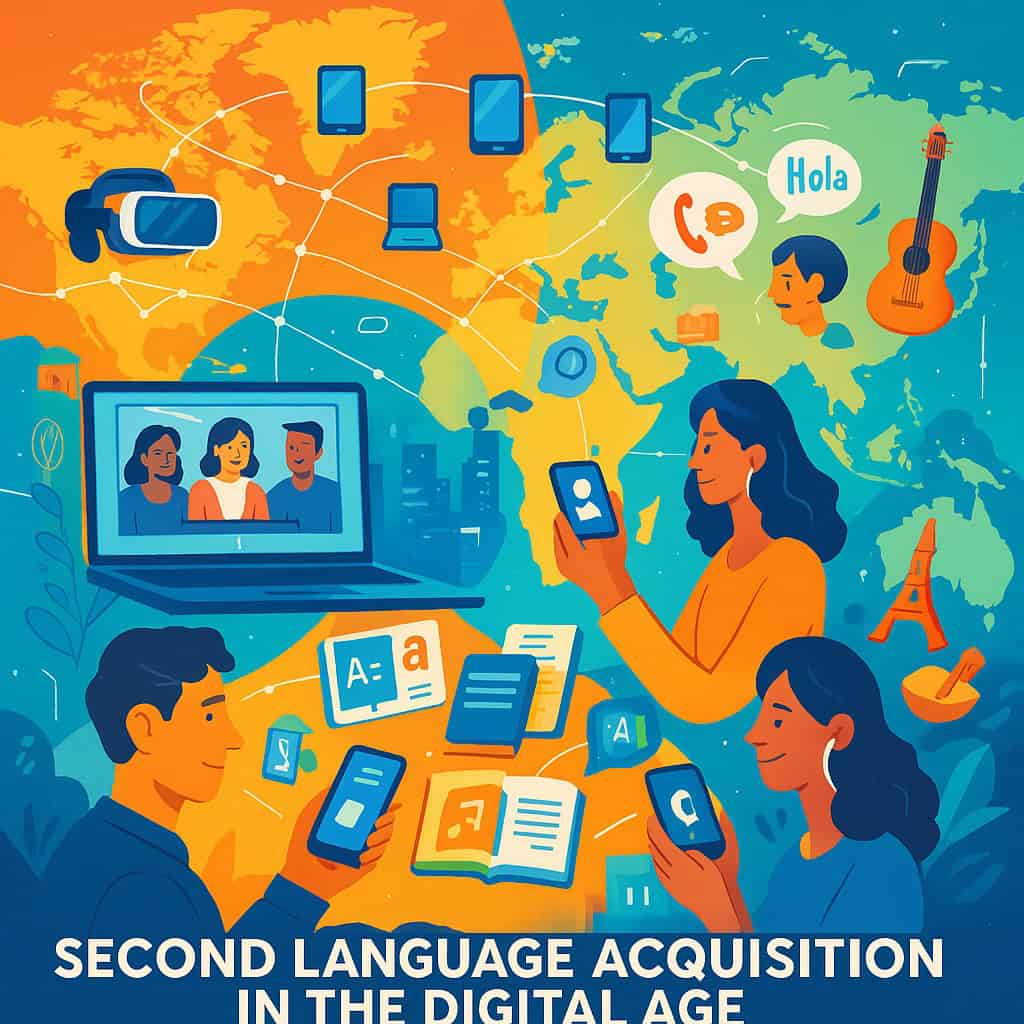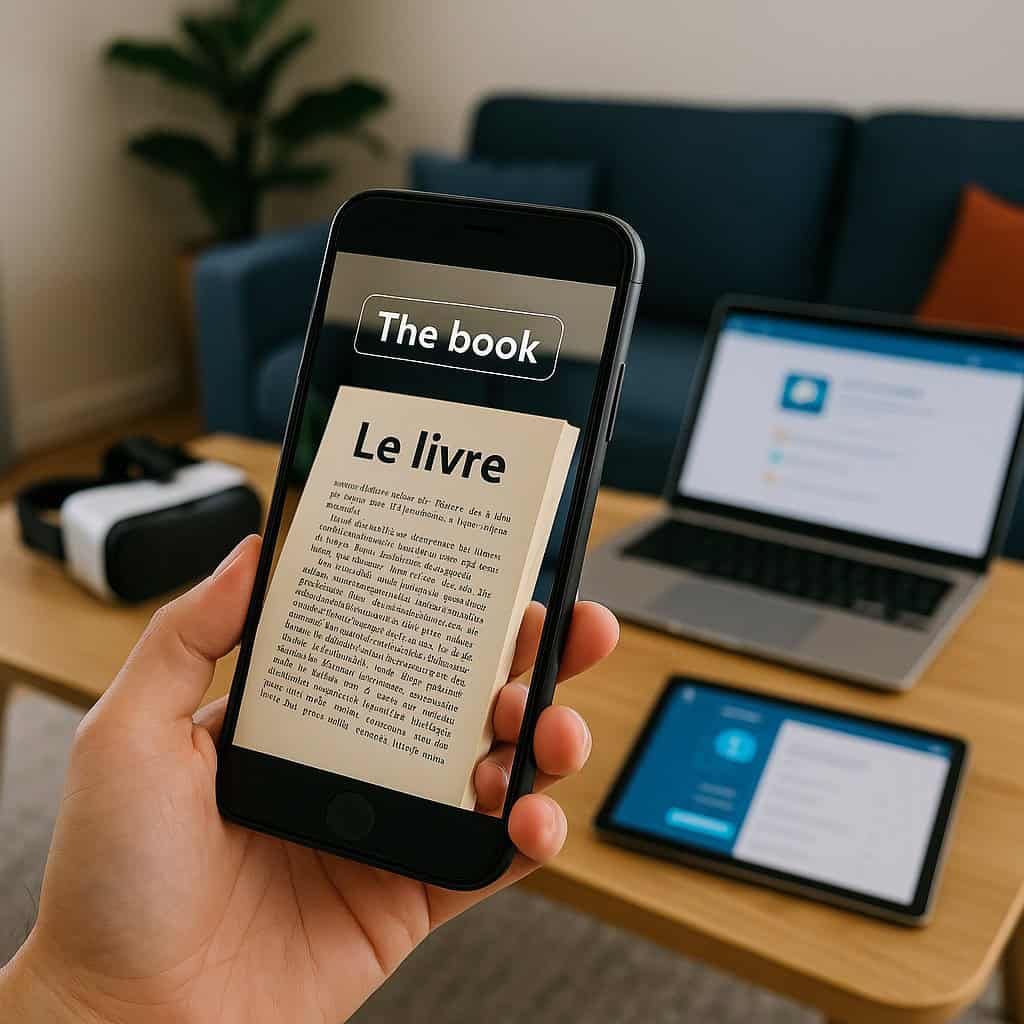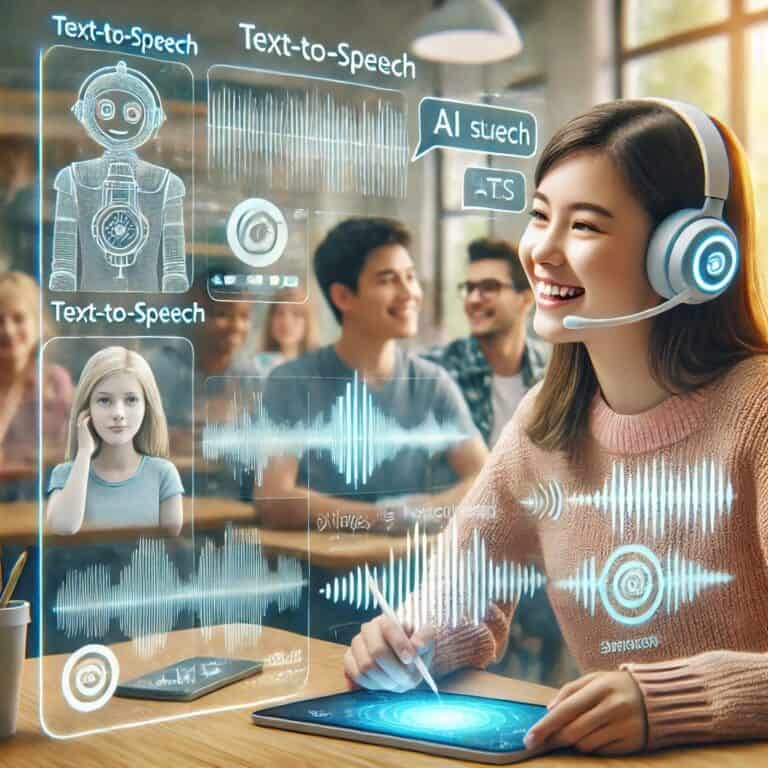Second Language Acquisition in a Digital World

We no longer just learn languages — we experience them. In today’s digital world, second language acquisition is happening beyond classrooms, beyond borders, and even beyond reality. In this comprehensive guide, we’ll explore the cutting-edge technologies and strategies that are reshaping language acquisition in 2025.
What Is Second Language Acquisition?
Let’s keep it simple: Second Language Acquisition (SLA) is just a fancy way of saying how people learn a language that isn’t their first one.
For years, this usually meant sitting in a classroom, memorizing grammar rules, repeating vocabulary lists, and (if you were lucky) maybe going on an exchange trip to practice.
But here’s the thing — learning a new language isn’t just about translating words in your head. It’s about thinking in that language, understanding cultural context, and building real communication skills.
And honestly? That’s where traditional methods often fall short. Learning from a textbook can only take you so far. Language comes alive when you use it.
The Rise of Digital Language Learning Tools
Fast forward to today — and second language Acquisition looks completely different.
Thanks to technology, we can now practice languages anytime, anywhere. The tools available are insanely powerful (and often right in your pocket).

Gone are the days of wondering if you’re saying things right. The integration of natural language processing (NLP) has been particularly impressive for pronunciation improvement. – these tools can detect even the slightest pronunciation errors and show you exactly how to position your mouth and tongue. The list of AI powered tech for second language acquisition keeps growing;
Advanced AI Tutoring Features:
- Real-time pronunciation correction
- Personalized vocabulary building
- Grammar pattern recognition
- Adaptive difficulty scaling
- Learning style assessment
But we’re only scratching the surface here.
Virtual Reality (VR) and Augmented Reality (AR) in SLA
Platforms like Mondly VR and ImmerseMe are creating these kinds of immersive language learning experiences. There’s even a VR game called Noun Town that helps you learn vocabulary by exploring interactive environments.
AR is also playing its part — think apps that use your phone’s camera to overlay translations onto real-world objects, turning your living room into a language lab.

What’s the big win here? Confidence.
VR and AR help learners practice speaking without fear of judgment. It’s a safe space to make mistakes — and making mistakes is exactly how we learn.
Remember though – technology isn’t meant to replace human interaction, but to enhance it. These tools work best when combined with real conversation practice and cultural immersion. They’re incredibly powerful aids, but they’re just one part of the language learning journey.
Social Learning in the Digital Space
Let me tell you, there’s nothing quite like the excitement of practicing a new language with real people – even if they’re on the other side of the screen! I’ve seen firsthand how social learning transforms second language acquisition from a solitary pursuit into an engaging, community-driven experience.
Language Exchange Platforms: Where Real Conversations Happen
Modern language exchange platforms like LanguaTalk and Tandem have completely revolutionized how we practice conversational skills. These apps use smart matching algorithms to connect you with native speakers who share your interests – which, trust me, makes those initial conversations way less awkward!
Here’s what makes these platforms so effective:
- Instant text, voice, and video chat options
- Built-in correction tools for written messages
- Cultural exchange opportunities
- Flexible scheduling across time zones
Pro tip: Schedule regular sessions with the same partner. I’ve found that consistent practice with one person leads to faster improvement than bouncing between multiple partners.
Virtual Language Communities: Your 24/7 Learning Squad
Virtual language communities have become the digital equivalent of language immersion programs. Discord servers and dedicated platforms like Busuu have created spaces where learners can drop in anytime for quick practice sessions or lengthy discussions.
Some game-changing features include:
- Topic-specific chat rooms
- Voice channels for pronunciation practice
- Group study sessions
- Cultural exchange events
Gamification: Making Learning Addictively Fun
You know what’s cool? Watching learners get totally hooked on language learning through gamified elements. Points, badges, and leaderboards tap into our competitive nature and make practice feel like play. You might go from studying 10 minutes a day to spending hours engaged in language challenges without even realizing your’re learning!
Popular gamification elements include:
- Daily streaks and challenges
- Achievement badges
- Competition leagues
- Virtual rewards systems

The social aspect of digital language learning isn’t just about having fun – though that’s definitely a bonus! It’s about creating authentic opportunities for language use that mirror real-world situations. When you engage with others in these digital spaces, you’re not just practicing language; you’re building relationships and cultural understanding that make the learning process infinitely more meaningful.
Remember, the key to success in social language learning is consistency and active participation. Don’t just lurk in the background – jump into conversations, make mistakes, and learn from them. That’s how real progress happens!
Mobile-First Language Learning Strategies
The shift to mobile-first learning has been nothing short of revolutionary. Gone are the days of lugging around textbooks or being chained to a desktop computer. Now, it’s all about learning on the go, and I’ve got to say – it’s pretty amazing how effective it can be.
Microlearning for the Time-Crunched Professional
Remember when second language acquisition meant dedicating hours to study sessions? Yeah, that doesn’t fly anymore. These days, you can crush your language goals in 5-15 minute chunks throughout the day. The key is bite-sized lessons that pack a punch.
Here’s what makes microlearning so effective:
- Quick grammar drills that take just 3 minutes
- Vocabulary flashcards you can swipe through while waiting for coffee
- Mini-dialogues perfect for your commute
- 5-minute pronunciation exercises
Interactive Vocabulary Building
The best part about mobile learning is how it weaves into your daily routine. Instead of memorizing random word lists, you’re learning vocabulary that’s actually relevant to your life. Take photos of objects around you, and boom – instant personalized flashcards. Use your phone’s camera to scan items at the grocery store for immediate translations. It’s like having a personal language tutor in your pocket!
Pro tip: Create custom vocabulary lists based on your hobbies or profession. You’ll learn faster when the words matter to you.
Push Notifications: Your Digital Language Coach
Now, about those notifications – they’re not just random pings! A well-designed notification system acts like a personal coach, using spaced repetition to help you retain what you’ve learned. Research shows that learners who enable strategic push notifications are 73% more likely to stick with their language studies.
Here’s how to make notifications work for you:
- Set them for your most productive times of day
- Customize frequency based on your goals
- Use “deep linking” notifications that take you directly to your next lesson
- Enable “smart reminders” that know when you’re most likely to engage
The beauty of mobile-first learning is its flexibility. Whether you’re a CEO with a packed calendar or a night shift worker with an irregular schedule, these strategies can adapt to your lifestyle. Just remember – consistency beats intensity every time. Even 10 minutes a day can lead to remarkable progress when you’re using the right tools and strategies.

The key is finding the right balance of tools and techniques that work for your specific situation. And hey, if you mess up or miss a day? No biggie. Tomorrow’s another opportunity to jump back in, right from your smartphone.
Data-Driven Second Language Acquisition
Nowadays the data-driven tools we have access to are absolutely game-changing!
Learning Analytics: Your Personal Language GPS
Think of learning analytics as your language learning GPS. These sophisticated systems track everything from pronunciation accuracy to vocabulary retention rates. One of my favorite features is the ability to see “heat maps” of learning patterns – showing exactly when students are most productive and which areas need more attention.
Personalized Assessment: No More One-Size-Fits-All
Gone are the days of generic language tests! Modern assessment systems adapt to each learner’s pace and style. These smart systems can:
- Automatically adjust difficulty levels based on performance
- Generate customized quizzes focusing on weak spots
- Track improvement curves across multiple language skills
It’s like having a tutor who knows exactly what you need to work on next.
Adaptive Curriculum: Learning That Evolves With You
The real magic happens with adaptive curricula. These systems use AI to create a learning pathway that literally evolves as you progress. If you’re sailing through verb conjugations but stumbling on idiomatic expressions, the system automatically adjusts to give you more practice where you need it.
Pro tip: Pay attention to your “mastery scores” in different areas. I’ve found that anything below 75% usually indicates a need for additional focus.
Real-time Feedback: The Game Changer
Remember waiting days for test results? Those days are history! Modern language learning platforms provide instant feedback on:
- Pronunciation accuracy (down to individual phonemes)
- Grammar structure
- Vocabulary usage
- Speaking fluency rates
The best part? These systems don’t just tell you what’s wrong – they explain why and suggest specific exercises to improve. I’ve watched students correct persistent errors within days instead of weeks thanks to this immediate feedback loop.
What really gets me excited is how these tools work together seamlessly. Your VR session data feeds into your mobile app, which updates your AI tutor’s teaching strategy, while NLP keeps track of your pronunciation progress across all platforms. It’s like having a whole language department dedicated to your success!

Challenges of Tech-Driven Language Learning
Of course, no tech solution is perfect. As exciting as all this sounds, there are definitely challenges when it comes to learning languages in a digital world.
For one — tech can’t (and shouldn’t) replace human interaction completely. Language is about connection — about tone, body language, culture, humor. These things are hard to fully capture in an app or VR simulation.
Then there’s digital fatigue. We spend so much time on screens already — adding more apps or VR sessions to the mix might not work for everyone.
And let’s be real: some of these tools (like VR headsets) still come with a pretty hefty price tag.
That’s why the best approach is a blend — using tech tools to boost your confidence, build consistency, and supplement real-life practice.
Conclusion
As we’ve explored throughout this article, the fusion of technology and language learning has created unprecedented opportunities for second language acquisition. Here’s the takeaway:
We’re living in a digital world — so why not use it to your advantage?
Second language acquisition doesn’t have to be boring or overwhelming anymore. With the right tools, you can turn learning into something fun, immersive, and personalized.
Start small. Experiment with an app or a VR experience. Look for ways to connect with real people online. And remember — the tech is here to support you, but you still have to do the talking.
Because no app can replace the joy of that first real conversation in your new language.






